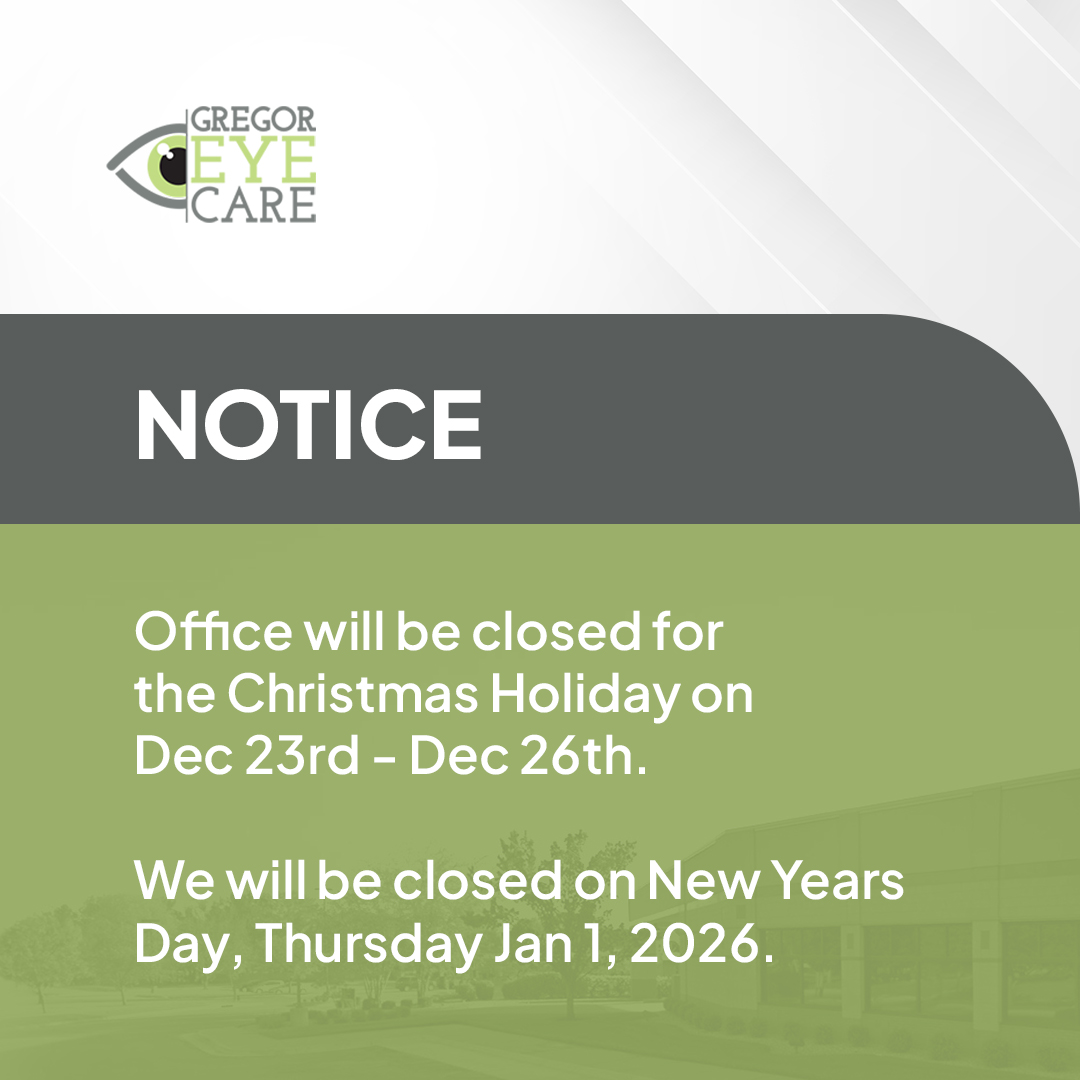
Myopia, or nearsightedness as it's commonly known, is a visual condition in which distant objects appear blurry while close objects can be seen clearly. It's a prevalent issue, especially among children, and is often first identified during school-age years. With myopia, the eye grows too long from front to back, causing light to focus in front of the retina rather than directly on it which leads to blurry vision.
Unfortunately, myopia is more than a mere inconvenience; it can significantly impact a child's life. It can affect their educational performance, social interactions, and overall quality of life. It's also associated with a higher risk of other eye-related complications, such as retinal detachment and glaucoma, later in life.
Given its prevalence and potential impacts, understanding myopia and how to prevent nearsightedness in children is a topic of critical importance. In this article, we will discuss the causes of myopia, how to prevent it, and the role of regular eye exams in its control.
What Causes Nearsightedness in Children?
Determining the precise cause of myopia can be challenging as it often results from a combination of genetic and environmental factors. Genetics can play a significant role in myopia development; children with nearsighted parents are more likely to develop the condition.
Environmental factors, specifically lifestyle behaviors, also contribute to its development. The rapidly increasing prevalence of myopia worldwide has been linked to lifestyle changes, such as increased screen time and reduced outdoor activities.
Prolonged close-up tasks like reading or screen-based work can strain the eyes and contribute to myopia. While it's not possible to alter genetic predisposition, understanding these environmental triggers is key to preventing nearsightedness in children.
How to Prevent Nearsightedness in Children
The question of how to prevent nearsightedness in children is complex and multi-faceted. However, emerging research suggests a combination of lifestyle modifications and clinical interventions can help slow down its progression.
One of the most effective preventive strategies is encouraging children to spend more time outdoors. Several studies have found a link between outdoor activities and a reduced risk of myopia. The exposure to natural light, along with the opportunity for distance viewing, seems to be protective against the development of nearsightedness.
Intervening early when signs of myopia appear is another key preventive measure. This can involve the use of special eyewear or eye drops, as well as regular eye exams to monitor changes in vision.
Lifestyle Changes to Prevent Nearsightedness
Implementing certain lifestyle changes can also help prevent nearsightedness in children. One such change is limiting screen time. This doesn't mean banning screens altogether but rather encouraging regular breaks from close-up work or screen use.
Promoting a balanced diet rich in nutrients essential for eye health, like Vitamin A and omega-3 fatty acids, can also contribute to myopia prevention.
Lastly, ensuring that children have adequate lighting when reading or doing other close-up tasks can reduce eye strain, which is associated with myopia development.
Eyewear Solutions for Preventing Nearsightedness
Eyewear plays a crucial role in controlling myopia progression. Options like orthokeratology lenses, multifocal contact lenses, and multifocal eyeglasses have been shown to slow the progression of myopia in children.
Orthokeratology, or "ortho-k," involves wearing specially designed lenses overnight to reshape the cornea temporarily. This allows for clear vision during the day without the need for glasses or contact lenses.
Multifocal lenses, both contact lenses and eyeglasses, contain different lens powers to correct vision at various distances. They can help reduce the eye strain associated with near work, thus helping to control myopia progression.
The Role of Regular Eye Exams in Myopia Control
Regular eye exams are a critical part of myopia control. They enable early detection of myopia, which is crucial for initiating effective preventive measures. Eye exams can also monitor the progression of myopia and assess the effectiveness of any interventions in place.
Additionally, eye exams can detect other eye-related issues that can occur alongside myopia, such as astigmatism or lazy eye. Regular check-ups with an eye care professional are thus an essential part of maintaining children's eye health and preventing nearsightedness.
Conclusion
The rising prevalence of myopia among children is a global concern. However, understanding how to prevent nearsightedness and taking proactive steps can help control its progression. From encouraging outdoor play and healthy dietary habits to investing in special eyewear and regular eye exams, there are several strategies we can employ to protect our children's vision.
By understanding the causes and preventive measures, we can all play a role in ensuring a clearer future for our children's vision. After all, clear vision is not just about seeing better; it's about living better.
For more information on myopia control in children, visit Gregor Eye Care at our office in Overland Park, Kansas. Please call or text (913) 685-0212 to book an appointment for your child today.









